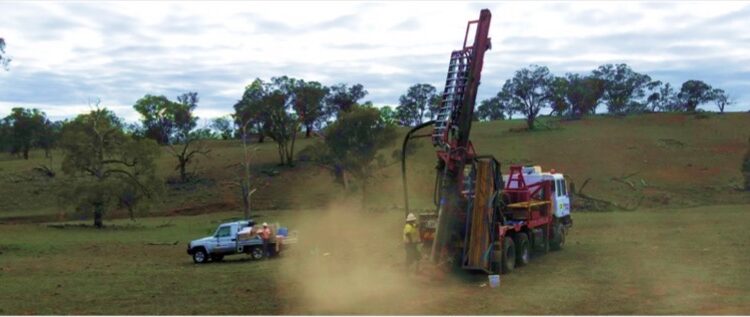Broadens Commodity Scope At Mt Clere
Krakatoa Resources Limited (ASX: KTA) has substantially expanded its size and scope at its Mt Clere Project, located in the Gascoyne Region of Western Australia. The new exploration licence applications cover regions of structural complexity within dense rocks of the Narryer Terrane thought to represent reworked remnants of greenstone sequences that are prospective for intrusion-hosted Ni-Cu-(Co)-(PGE’s). Krakatoa initially applied for Mt Clere based on the tenure containing significant Rare Earth Element (REE) geochemical anomalies originally delineated by BHP Minerals and subsequently confirmed by Astro Mining in the 1990s. The new tenement applications (Table 1) increase the Company’s total holdings over the prospective geology in the Gascoyne Region of Western Australia to approximately 1,780 km2.
The Project contains significant opportunities related to rare earth elements, in particular across the widespread monazite sands concentrated within drainage networks of the northern applications. Previous work by BHP and Astro Mining NL confirmed the ample presence of monazite1 in pan concentrates, with grades exceeding 50% in a large number of samples resulting in an anomaly exceeding 100 sq. km.
The source of the monazite is postulated as coming from REE ion adsorption on clays within the widely preserved, deeply weathered, lateritic profiles developed in gneissic rocks. Monazite-rich carbonatites in the adjacent Mt Gould Alkaline Province could also provide a source. Hasting’s (ASX: HAS) emerging Yangibana REE project to Krakatoa’s northwest displays a similar geological environment.
The Mt Clere applications include several extraordinarily, high tenor thorium radiometric anomalies which cover vast areas. Some anomalies correspond with alluvial/colluvial/sheetwash areas, where Astro pan concentrates returned remarkably high percentages of monazite, up to 48% (Appendix 1). Thus, at least several thorium anomalies appear to be caused by substantial placer concentrations of monazite. Others correspond with the incised remnants of laterite widely preserved in the project area.
The GSWA stream sediments capture distinct carbonatite signatures (Nb-Ce-Y-Th anomalies) in drainages adjacent to where Astro identified three lamprophyres. The signatures may be genetically related to a hidden carbonatite, obscured by the extensive laterite cover in the anomaly hinterland.
Other valuable heavy minerals such as zircon (to 60%), ilmenite (to 29%) and leucoxene were recovered in samples from the same area, favorable for large placer resources of easily recoverable material. The ultimate bedrock source of the thorium and REE remains unknown. Swarms of alkaline ultramafic dykes (lamprophyres/carbonatites), mostly obscured by laterite, are a potential source. Alternatively, a pegmatite-rich granite gneiss such as that identified at Mt Clere may be the source. Each forms an exploration target, in addition to the more widespread placer and lateritic concentrations.












